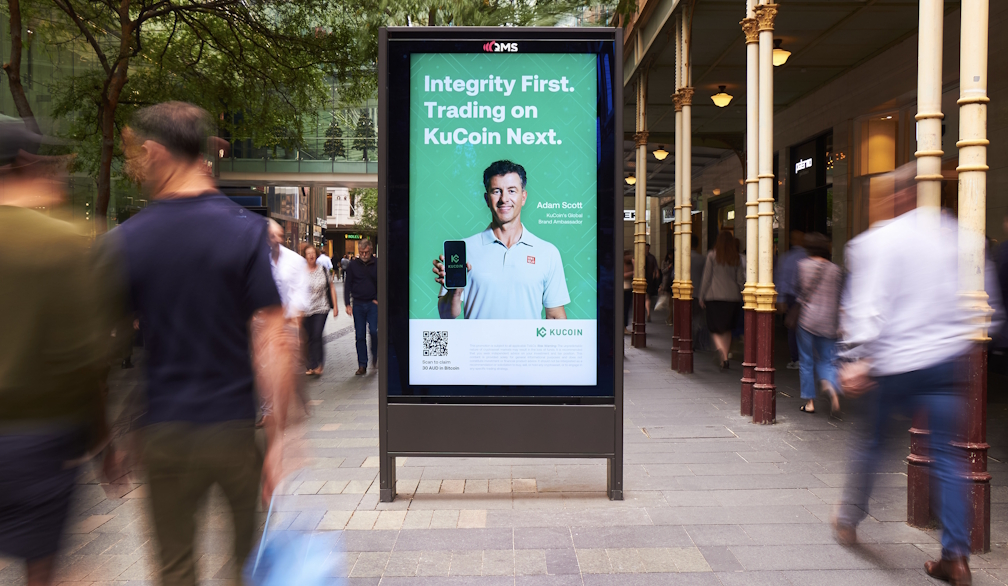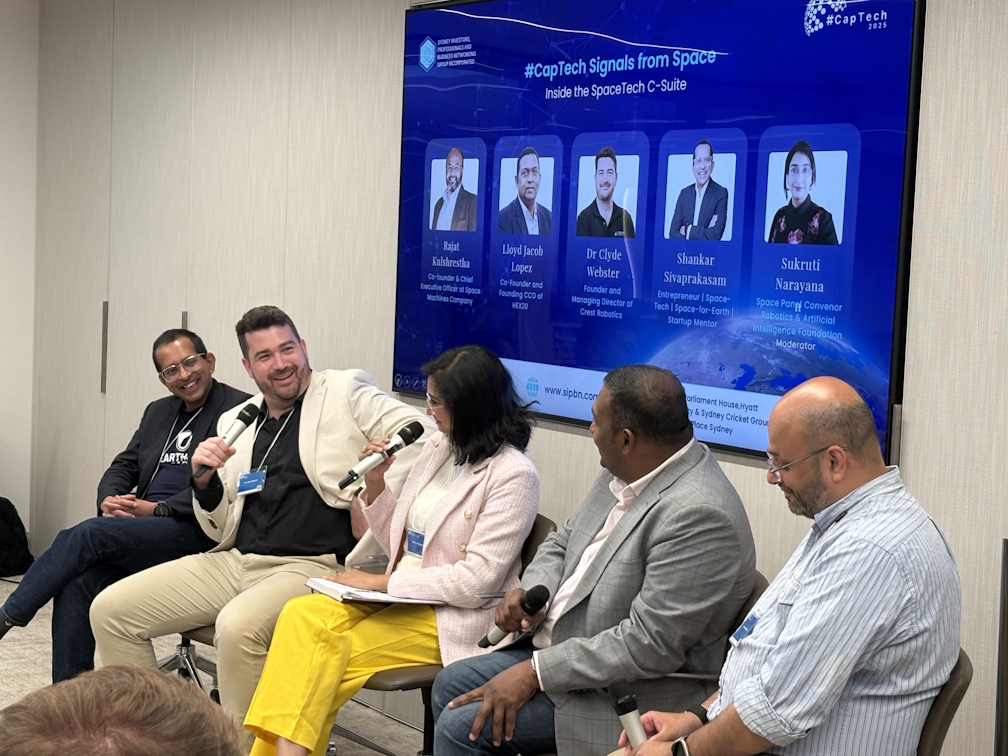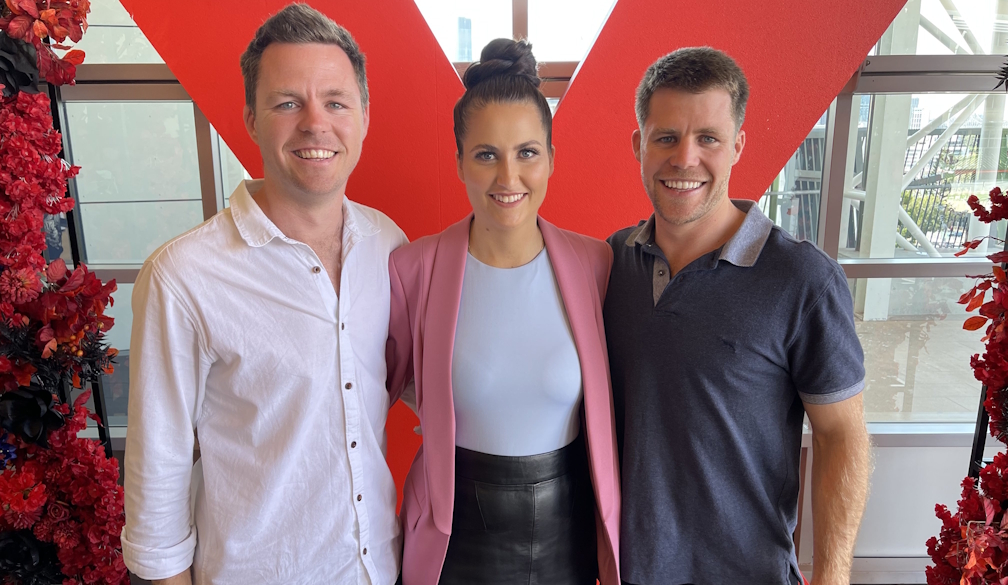How Melbourne Businesses Can Reduce Operating Costs Through Smarter Roofing Choices

For many commercial property owners, energy bills, maintenance costs and unexpected repairs can eat into operational budgets far more than they should. What many don’t realise is that the roof plays a major role in both efficiency and long-term expenditure.
Through working with an experienced roofing company in Melbourne, businesses can significantly reduce operating costs simply by choosing smarter roofing materials, improving insulation, and prioritising preventative maintenance.
The Roof: An Overlooked Cost-Saving Opportunity
Commercial roofs often cover thousands of square metres, yet their impact on a building’s performance is frequently underestimated. A well-designed, well-maintained roof can:
- Reduce heating and cooling energy usage
- Prevent costly water damage
- Extend the lifespan of internal assets
- Improve indoor comfort for staff and customers
- Reduce long-term capital expenditure
These benefits can quickly add up, especially for businesses with large warehouses, retail stores, offices or industrial facilities.
Investing in High-Performance Roofing Materials
Smart material choice is one of the fastest ways to lower ongoing costs. Modern roofing technologies have shifted dramatically from the traditional “keep the rain out” approach. Today’s systems focus on insulation, thermal reflectivity, and long-term durability.
1. Thermally Efficient Roofing
Materials such as Colorbond reflect more of the sun’s heat, reducing indoor temperatures and lowering reliance on cooling systems during Melbourne’s hot summers. This can create substantial savings for businesses with large roof spans.
2. Insulated Panels
Roofing systems that incorporate built-in insulation reduce both heat gain and heat loss. For refrigerated warehouses, manufacturing facilities and high-occupancy workplaces, this leads to major energy efficiency improvements.
3. Durable, Low-Maintenance Materials
Selecting materials engineered for longevity reduces the need for frequent repairs or replacements. This is especially important in Melbourne, where unpredictable weather like heatwaves, storms and cold snaps, can accelerate roof wear if the material isn’t up to standard.
The Financial Impact of Energy-Efficient Roofing
Energy-efficient roofing isn’t just environmentally responsible, it’s financially strategic. Studies show that roofs with reflective coatings or insulated panels can reduce a building's cooling costs by up to 20%. For businesses operating large air-conditioned spaces, that percentage translates into tens of thousands of dollars annually.
Poor roofing choices, on the other hand, create hidden losses. For example, the air-conditioning unit works harder, staff comfort drops, and equipment is exposed to heat stress. Over time, this leads to higher repair bills and more frequent system replacements.
Preventative Maintenance
Many commercial roofing issues start small, but quickly escalate into expensive damage. Water ingress can ruin insulation, flood ceilings, disrupt electrical systems and halt operations.
A professional maintenance program delivers:
- Early detection of potential failures
- Longer roof lifespan
- Reduced risk of emergency repairs
- Consistent operational performance
Routine inspections cost far less than reactive repairs, making them one of the smartest investments for business owners.
Why Roof Insulation Matters More Than Ever
Insulation is one of the biggest factors affecting energy cost. Poor insulation allows heat to escape during winter and build up during summer, forcing HVAC systems to work overtime. By upgrading insulation when replacing or repairing a roof, businesses can immediately reduce energy consumption.
Improved insulation also creates a more comfortable workplace, something that can boost productivity and reduce staff complaints, especially during temperature extremes.
Storm Preparedness: Protecting Your Bottom Line
Melbourne’s storm patterns have intensified over recent years, with heavier rainfall and stronger winds becoming more frequent. A commercial roof that isn’t designed or maintained for these conditions can fail when it matters most.
Smart roofing choices include:
- Secure fastening systems
- Correct water run-off design
- High-capacity gutters
- Reinforced edges and flashings
Addressing these elements now prevents costly damage during peak storm season.
The Long-Term ROI of Smarter Roofing
While the upfront investment in high-performance roofing or insulation upgrades may seem significant, the long-term return is undeniable. Businesses benefit from:
- Reduced energy usage
- Fewer breakdowns and disruptions
- A longer-lasting building envelope
- Higher property value
- Lower insurance risk
- Better indoor conditions for employees and customers
When viewed over a 10–20 year period, a well-designed roof can save a business hundreds of thousands of dollars.









